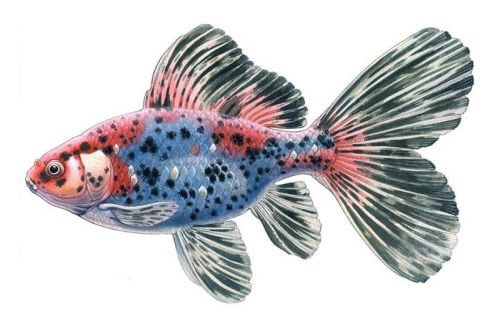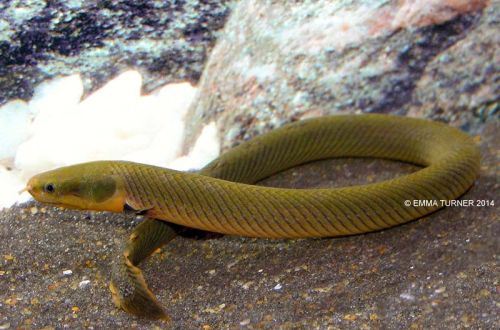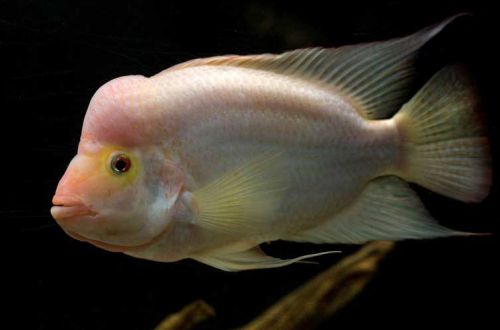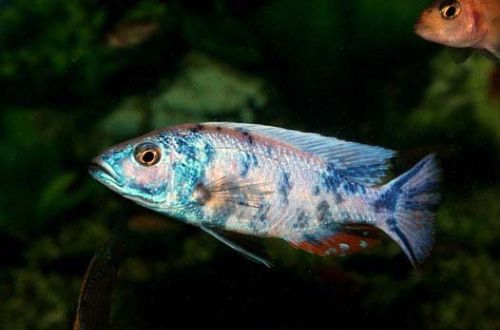
Haplochromis spotted
Haplochromis spotted or Haplochromis Electric blue, English trade name Electric Blue Hap OB. It does not occur in nature, it is a hybrid obtained during breeding between Cornflower haplochromis and Aulonocara multicolor. Artificial origin is indicated by the last letters “OB” in the trade name.

Contents
Description
Depending on the specific subspecies from which the hybrid was obtained, the maximum size of adults will differ. On average, in home aquariums, these fish grow up to 18–19 cm.
Males have a bluish body coloration with a dark blue speckled pattern. Females and juveniles look different, gray or silvery colors predominate in color.
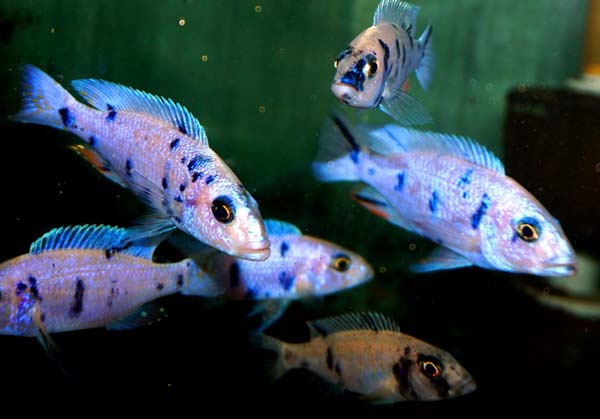
Brief information:
- The volume of the aquarium – from 300 liters.
- Temperature – 24-28°C
- Value pH — 7.6–9.0
- Water hardness – medium to high hardness (10-25 dGH)
- Substrate type – sandy
- Lighting – moderate
- Brackish water – no
- Water movement is weak
- The size of the fish is up to 19 cm.
- Nutrition – any food rich in protein
- Temperament – conditionally peaceful
- Keeping in a harem with one male and several females
Maintenance and care, arrangement of the aquarium
Haplochromis spotted inherited the main part of the genetic material from its direct predecessor – Cornflower blue haplochromis, therefore, it has similar requirements for maintenance.
The optimal size of the aquarium for a group of 3-4 fish starts from 300 liters. The fish needs large free spaces for swimming, so it is enough to equip only the lower level in the design, filling up the sandy soil and placing several large stones on it.
Establishing and maintaining a stable water chemistry with high pH and dGH values is of key importance for long-term maintenance. It will be affected by both the water treatment process itself and the regular maintenance of the aquarium and the smooth operation of the equipment, in particular the filtration system.
Food
The basis of the daily diet should be protein-rich foods. It can be either dry food in the form of flakes and granules, or live or frozen brine shrimp, bloodworms, etc.
Behavior and Compatibility
Temperamental active fish. During the spawning period, it shows rather aggressive behavior towards females in the process of courtship. In the limited space of aquariums, it is necessary to choose the composition of the group according to the type of harem, where there will be 3-4 females per male, which will allow him to disperse his attention.
Compatible with alkaline fish and other Malawian cichlids from Utaka and Aulonokar. In large aquariums, it can get along with Mbuna. Very small fish are likely to be potentially targeted for harassment and predation.
Breeding and reproduction
In a favorable environment and a balanced diet, spawning takes place regularly. With the onset of the spawning season, the male takes a place at the bottom and proceeds to active courtship. When the female is ready, she accepts signs of attention and spawning occurs. The female takes all fertilized eggs into her mouth for the purpose of protection, where they will stay throughout the entire incubation period. The fry appear in about 3 weeks. It is advisable to transplant juveniles into a separate aquarium, where it is easier to feed them. From the first days of life, they are ready to accept crushed dry food, Artemia nauplii, or special products intended for aquarium fish fry.



